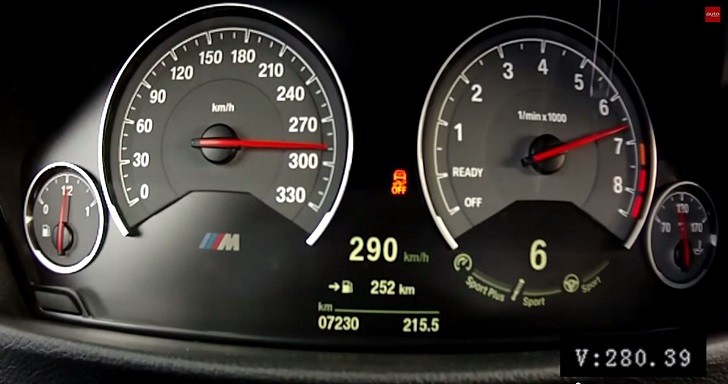The age-old question that has been troubling the auto industry lately is as lively as ever: manual or automatic. We won’t get in an all-out debate here but instead offer a sample of how one of those options works in real life.
On the 2015 BMW F80 M3, the German manufacturer chose to live up to its motto, ‘the ultimate driving machine’ and keep the manual transmission alive, even though sales showed a clear preference towards the automatic lately.
Being BMW is definitely not easy at times, especially when fans demand you live up to your promises. That’s how the Germans became basically one of the extremely few out there that is still offering manual gearboxes on super powerful cars. One clear example is the F10 M5 that is the only car in its segment that can also be had with a stick.
Getting back to the 2015 M3, we should point out that the new 6-speed manual gearbox is better than ever and even comes with rev-matching to help you out in sticky situations. When it comes to downright performance, it’s a bit slower than the automatic but watching the video below, you wouldn’t guess it.
Sure, on paper, the 7-speed DCT is faster by 0.2 seconds to 100 km/h (62 mph) with a 4.1 quoted time but to get that number in real life you have to really know what you’re doing with both the manual and automatic. The 550 Nm (406 lb-ft) you get on the rear axle are nothing to joke about. Keeping them in check will require some sensible throttle management.
As far as all-out acceleration goes, the same top speed applies to both versions. The car in the video below also had the M Driver’s package installed, allowing it to reach 280 km/h (174 mph) instead of 250 km/h (155 mph) which is the normal top speed for all M cars.
Don’t be fooled by the speedometer though. It shows 290 km/h (180 mph) but the car is actually doing 282 km/h as the GPS shows. But even so, the impressive thing about the following 78 seconds is not the speed shown in the instrument cluster but rather the manner in which it is achieved. Check it out!

